
Female hair loss
Hair loss related
to Stress
Stress-related hair loss is temporary or prolonged hair loss triggered by physical or emotional shock.
There are two types of hair loss associated with stress:
sudden stress and chronic stress.
[ 1 ]
Understanding the mechanisms
When we are stressed, our body produces more cortisol , also called the “ stress hormone ”.
This cortisol disrupts the usual hormonal balance, particularly that of hormones that contribute to healthy hair, such as estrogens and androgens.
This imbalance can lead to an increase in DHT (dihydrotestosterone), a hormone that shrinks hair follicles and causes hair to fall out faster by moving it into the shedding phase, called the telogen phase, earlier.
Additionally, during times of stress, the body focuses on its vital functions (such as breathing or heart rate), and puts aside secondary functions such as hair growth. The result is diffuse, often sudden, hair loss called telogen effluvium.
[ 2 ]
The numbers
higher risk of hair loss in women leading stressful lives
months is the average time between a stressful event and the onset of hair loss
Sources:
D, E. (2024, May 1). Hair Loss Statistics 2023 (Types, Treatments, etc.) . Medihair. https://medihair.com/hair-loss-statistics/?
Shmerling, RH (n.d.). Hair loss. Harvard Health Publishing. https://www.health.harvard.edu/a_to_z/hair-loss-a-to-z
[ 3 ]
Recognize the signs
SUDDEN STRESS
Type of hair loss: diffuse, without specific bald areas, often visible when washing or brushing.
Causes: an immediate disruption of the hair cycle, triggering acute telogen effluvium approximately 3 to 4 months after a stressful event.
Common triggers: moving, job loss, childbirth, death, breakup, surgery or illness.
CHRONIC STRESS
Type of hair loss: diffuse and persistent, hair becomes finer and more fragile.
Causes: a progressive disruption of the hair cycle that occurs after a prolonged period of chronic stress.
Common triggers: a stressful job, toxic relationships, or financial pressures.
PHYSICAL STRESS
This type of hair loss is linked to repeated mechanical tension exerted on the hair.
Type of hair loss: localized, progressive, often around the temples, forehead, or areas where hair is pulled the most. It may go unnoticed at first, then give way to sparse or bald areas.
Causes: repeated traction exerted on the hair follicles, which gradually weakens their anchorage and disrupts their functioning.
Common triggers: hairstyles that are too tight or repeated: braids, buns, extensions, high ponytails, weaves… Especially when worn daily or for long periods.
[ 4 ]
TAKE BACK CONTROL
Stress-related hair loss is often temporary, as the follicles are not destroyed and can produce hair again once the cause of stress is removed.
However, it is essential not to let stress take hold, as prolonged stress can become chronic, permanently disrupting hormonal balance and weakening scalp health.
The sooner you act, the faster and more effective the regrowth. While it's crucial to address the underlying cause of stress, it's equally important to stimulate regrowth with a proper hair care routine.
Full recovery can take between 3 and 6 months, allowing time for the hair cycle to regulate.
The HACT routine was designed specifically to address this type of problem.
YOUR TAILORED ROUTINE
[ 5 ]
A WORD FROM THE FOUNDERS
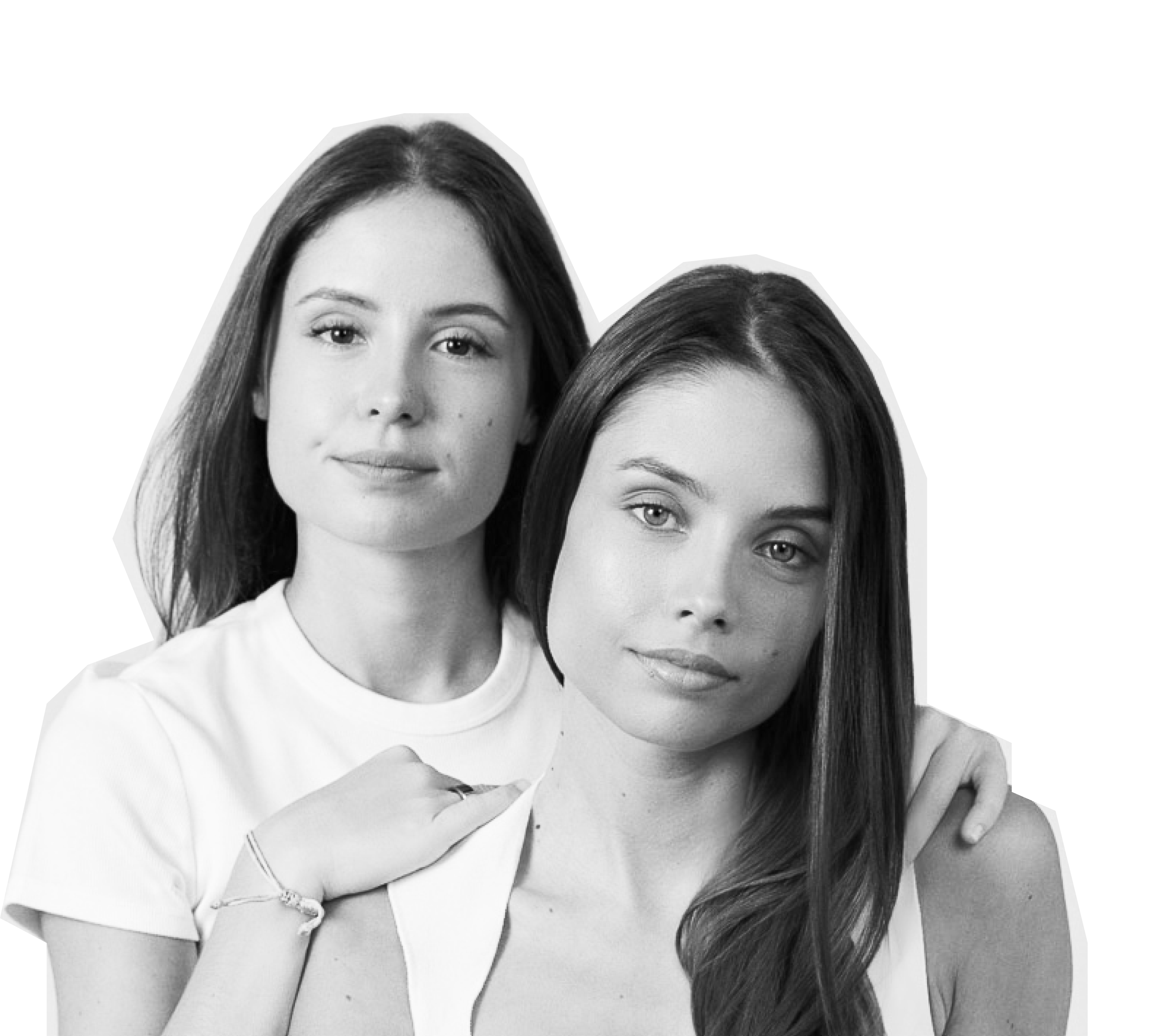
Marie & Julie
Founders of HACT
In summary
Link between stress and hair loss
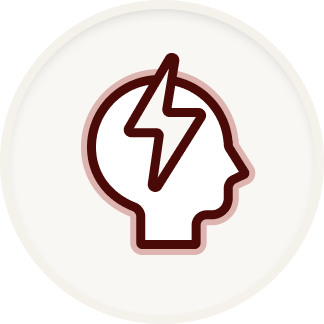
Stress
Physical or emotional stress (sudden or chronic)
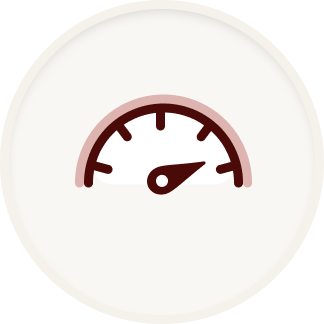
Increased cortisol
Cortisol, the stress hormone, increases in the blood
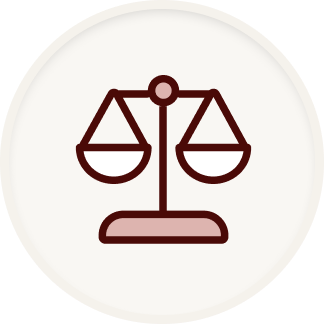
Hormonal disruption
Estrogen/androgen imbalance and overproduction of DHT
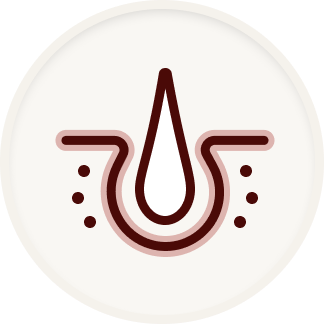
Effects on follicles
DHT shrinks follicles: accelerated shedding phase

Hair loss
Telogen effluvium: diffuse hair loss, visible in the shower or when brushing
















